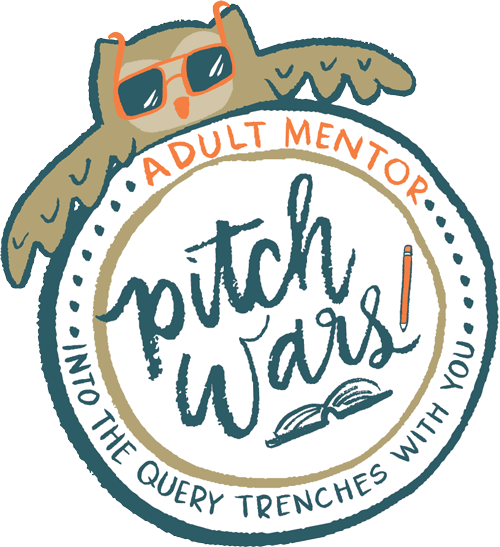Let Them Eat Cake: it’s the new Show-Don’t-Tell
Everybody’s heard of show don’t tell, right? That’s so 90s. I say, stop abusing your readers. Let them eat cake!
Before you click out of this blog, grumbling, “There goes Michelle, off topic as usual,” think of it this way: what are your readers here for?
If you write fiction, as most of my followers do, your readers are here for a good time. A vicarious experience. So why would you short-change them by giving them the literary equivalent of Cliff’s Notes? That’s what you’re doing every time you SUMMARIZE (They sat down and chatted for a while, laughing easily as they got to know each other) or TELL (He was in love with her. More in love than he’d ever been.)
When your editor says, “Show don’t tell,” they’re really saying: Give the reader the experience your character is having.
Don’t tell them the lemon velvet cake is good. Write about the silky texture, the way the bite of citrus tingles on the back of their tongue even as the hint of vanilla warms their mouth. Tell them how the whipped icing is nearly weightless but immensely satisfying, like oxygen dusted with sugar. Let the reader decide the cake is good, because they’ve just experienced it themselves.
The principle doesn’t just apply to sensory experiences in novels. It also applies to relationships and emotion.
You don’t want your reader to know your hero is falling in love with your heroine. You want your READER to fall in love with your heroine. You want to show the exact way a strand of hair brushes along her cheek when the breeze kicks up. Or the tiny quirk of her lips when she thinks something you’ve said is funny. You want to adore her for listening intently to your great-aunt’s stories about how they used to catch mice in the barn—and appearing just as enthralled the third time she heard the story, because your aunt never can remember which stories she’s already told. By the time the hero says he loves the heroine, you want the reader to be head over heels for her, or it’s going to feel false.
It’s going to feel like fiction.
One more place you can use this technique: backstory. If you want people to connect, you don’t tell them a fact, you tell them a STORY. It’s the reason we write novels instead of publishing lists of events.
If you tell them, a boy met a girl and they fell in love, okay. That’s adequate. They know what happened. But if you want them to be interested and invested, you give them a peek at a real moment of that backstory. Like, the girl went straight from high school to church one day and when the church door opened, she saw a man with a square jaw and blue eyes with a bit of a mischievous sparkle. She knew, just as simply and factually as opening a letter, that he was the man she’d marry someday. And then she walked inside and found out he was her new youth pastor.
Right there, in a few sentences, you get a hint of emotion and a terrible obstacle and you know they’ve overcome it somehow but you want to know WHY. You want to read more, rather than just hearing the generic boy met girl. (Romance novelist Katie Golding goes into more depth about how to use backstory to evoke emotion in THIS must-read blog). Of course, with backstory, keep it short, keep your pacing up, and you do have to tell and summarize sometimes, or your word count will get too big for its britches.
But in the end, be kind to your readers, folks. They’re here to have fun, and you don’t want to short change them with summaries and dry telling, letting your characters gobble all the cake without writing it out so the reader can enjoy it just as much.
Nobody wants to read about somebody else eating cake. They want to eat the damn cake themselves.



















Pingback : Bibliography of Writing Blogs | Michelle Hazen